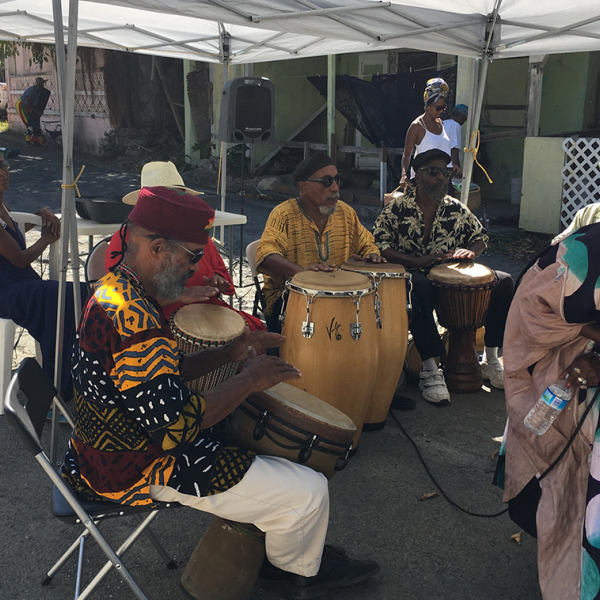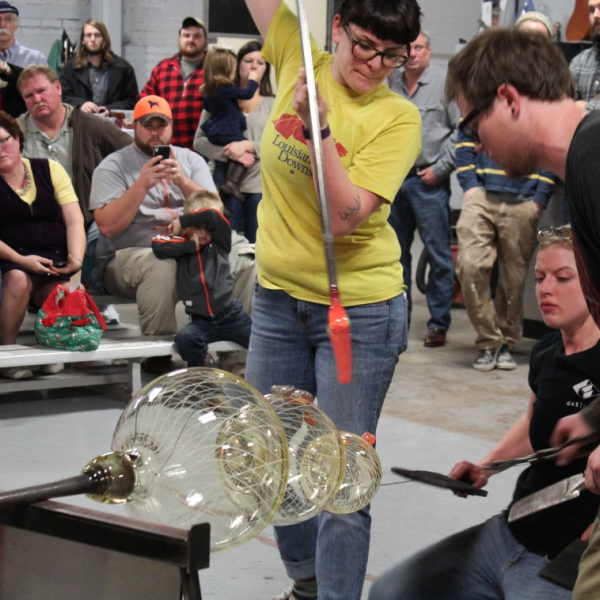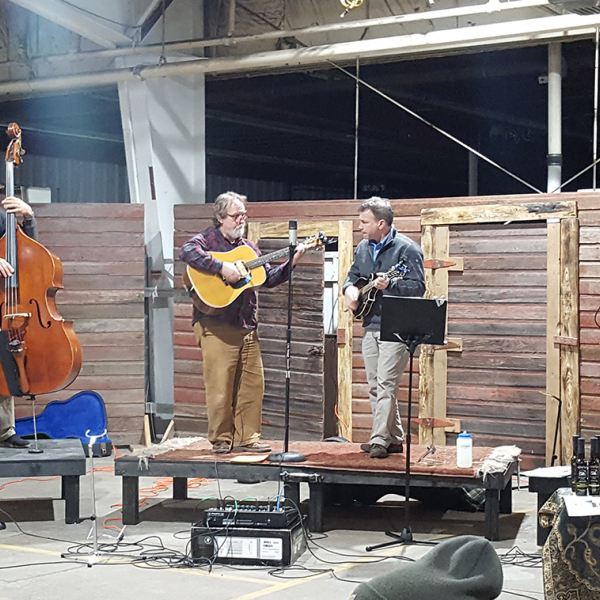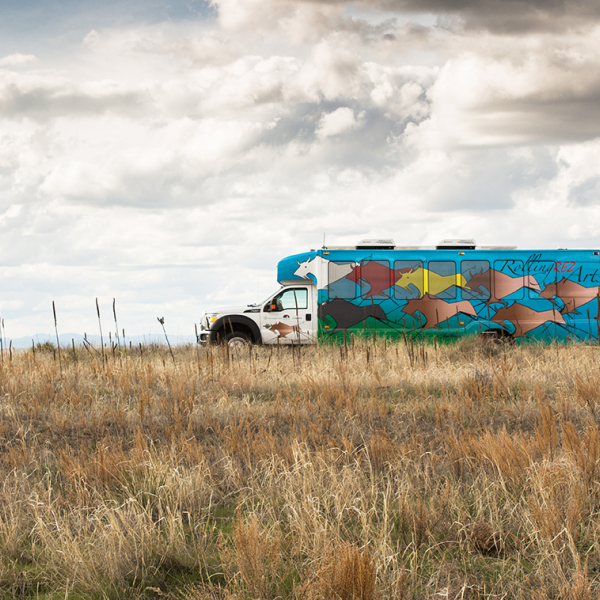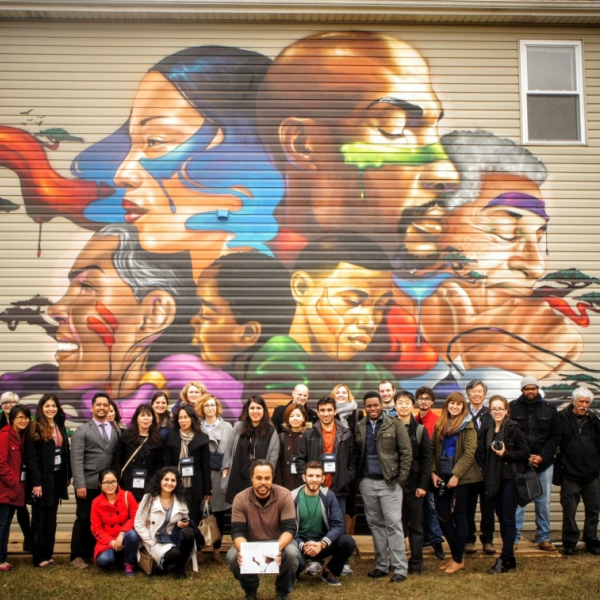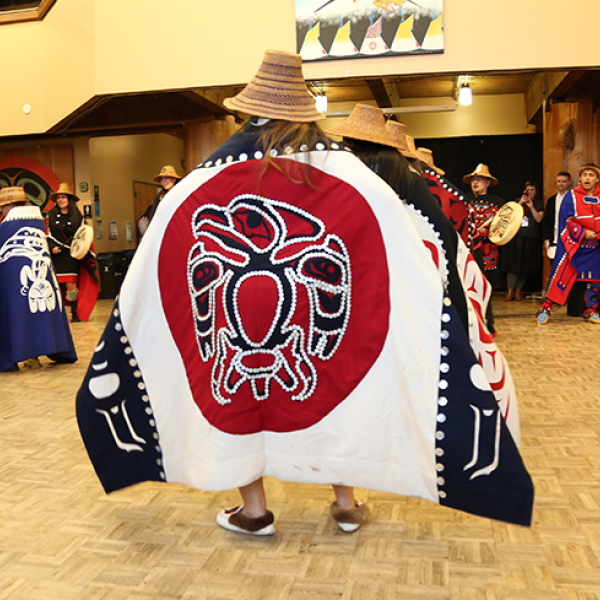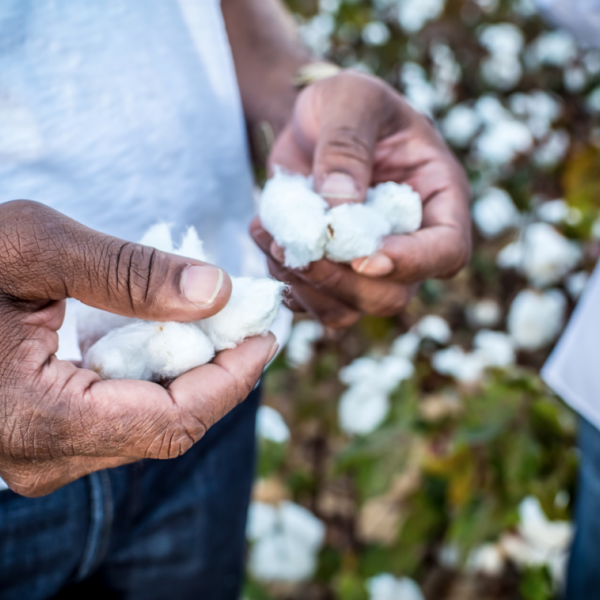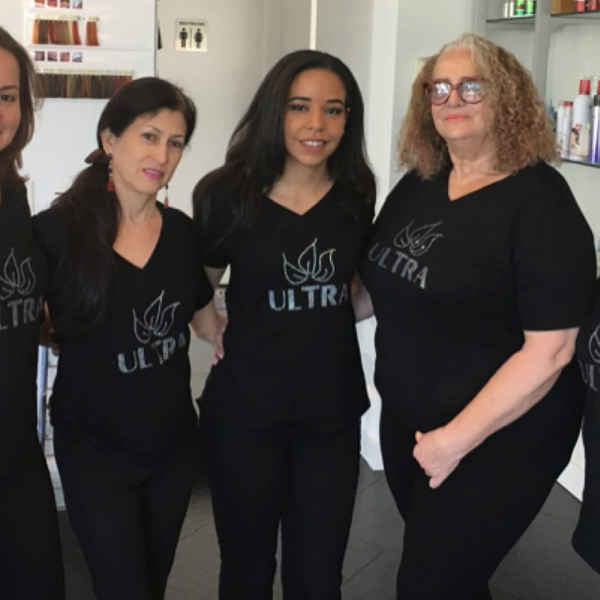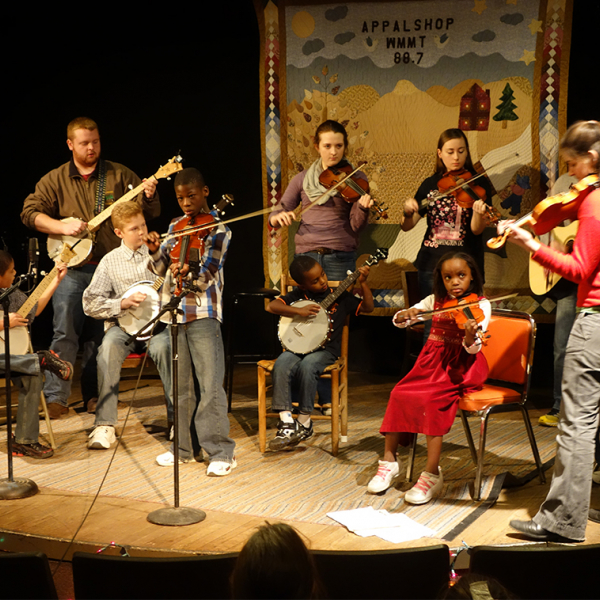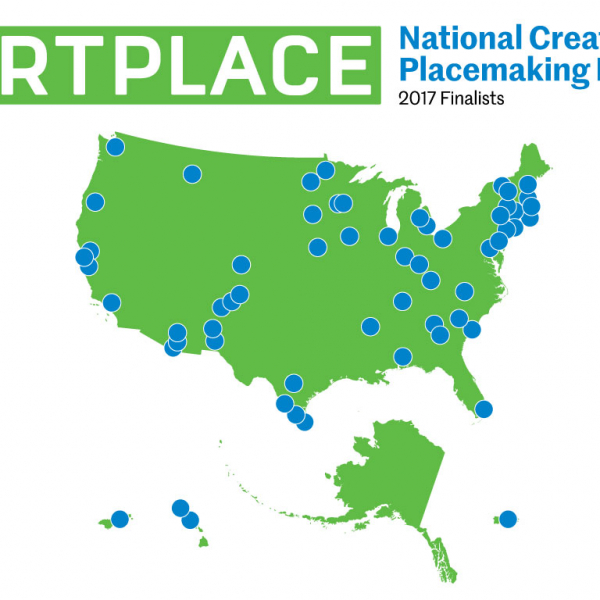Invisible Heritage: Identity Memory and our Town (IH) is a project designed to address the long term problems of abandoned and derelict historic buildings in the town of Frederiksted on the island of St. Croix. When our application to ArtPlace was accepted and funded as a ‘workforce development’ project, our founders and partners were gratified – years of work and commitment were being rewarded. As a community based non-profit organization, CHANT has as its core mission, “development from within” – training and developing community members so that they can participate in the cultural heritage tourism industry not only as employees but as owners of businesses.
06.07.17
Last month we discussed economic development and its focus on the demand side of the labor market. This month, we explore the supply side of the labor market and workforce development. Workforce development focuses on the individual and developing workers with the skills necessary for the 21st century economy. Workforce development has a lot of players. Multiple federal agencies including the Department of Labor, the Department of Education and the Department of Health and Human Services along with state government,
30.06.17
We’ve been thinking about how strategies in rural areas are being (re)framed with culture bearers, growers and makers in mind. The approaches of First People’s Fund and Region Five Development also bridge critical divides — social, cultural, financial and geographic. Lori Pourier of The First People’s Fund/Rolling Rez is based out of the Pine Ridge Reservation in South Dakota, which is essentially the homeland of the Oglala Lakota Reservation. The arrangement between the tribe and the government was formed though two treaties with the US Government, and has formed an arrangement, with some uneven results, that impacts education, health care, and other areas that drive the regional economy even today.
30.06.17
In Part 2 of my interview with Lori Pourier of First People’s Fund/Rolling Rez and Cheryal Hills of Regional Five Development Commission/Sprout Growers and Makers we take alternate definitions of wealth, the ethics of mobilizing cultural assets and the value of culture bearers as coaches and knowing on whose shoulders you stand. We wanted a location, a place, that values the region's place and identity, so that we used art and food because art and food are intrinsic to our human needs. Sharing our cultures through storytelling or sharing our cultures through whatever it is, basket weaving or iron working, or whatever, we wanted a space where we could have conversations about being an inviting place.
30.06.17
The goal of economic development is to improve the economic well-being of a place – usually a city, state or region. Economic development often sits on the ‘demand’ side of the labor market – building stronger economies that lead to employment opportunities in the private, public and nonprofit sectors (Siegel and Seidman, 2009). It can be informed by many levels of society – there are policies and funding streams coming from the federal, state, regional, local and neighborhood levels as well as anchor institutions and foundations contributing to the economic health of communities every day. And the people responsible for economic development in a place tend to focus on creating jobs, building infrastructure, and creating economic growth.
26.06.17
Our moderator, Robert Feldstein , Director of the Office of Policy and Innovation, at the City of Seattle Mayor’s Office, has a history working in criminal justice and policy issues. He was a sharp and affable guide that welcomed us and said he hoped this panel would set off other conversations. Seattle is progressive in many ways. He explained that it’s an area that can claim progressive policies and measures like mandatory composting, a $15 dollar minimum wage, marijuana legalization and marriage equality.
21.06.17
When asked to speak in public, I often turn to my family for inspiration and colorful anecdotes to share. I turn to these stories because they helped to inform my earliest comprehension of some really big ideas, like safety, abundance, community, and love. Reflecting on my experience growing up in rural Mississippi allows me to relate an amorphous word, like education, and place it a tangible context. So, when asked to write about economic development, by the wonderful folks at ArtPlace, I began thinking about a story to make it real for me so that I can translate it into the real word.
14.06.17
We talked to Brenda Rodriguez-Andujar and Ken Tangvik of Hyde Square Task Force (HSTF) to find out more about the measures they are taking to improve economic development for their neighborhood. Brenda told us ‘We have found that our projects and initiatives have been the most successful when we are open to new ideas, ask questions, and when we reach out and maintain long-term relationships with people and organizations.’
12.06.17
When a friend visiting from Philadelphia compared Whitesburg, Kentucky, to Stars Hollow, all she got from us was a blank stare. Turns out Stars Hollow is the setting of Gilmore Girls : a small idyllic town, rural and intimate, yet diverse and open-minded. When our friend arrived in Whitesburg—a former coal-mining town in one of the poorest and sickest Congressional districts in the country—she thought such a place could exist only on TV. Twenty-four hours later, she had changed her mind.
07.06.17
Today, ArtPlace America announced the 70 projects that it will consider for its 2017 National Creative Placemaking Fund. Each of the finalists have proposed an opportunity for arts and culture to help address a community development challenge or opportunity related to agriculture and food; economic development; education and youth; environment and energy; health, housing; immigration; public safety; transportation; or workforce development. These 70 projects represent 7% of the 987 initial applications that ArtPlace reviewed.






